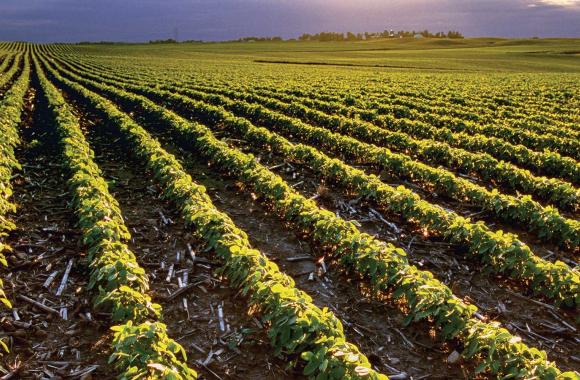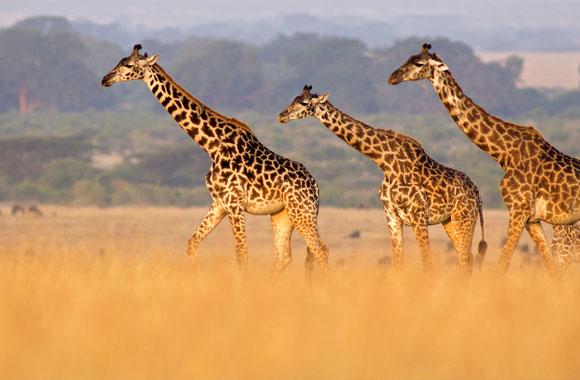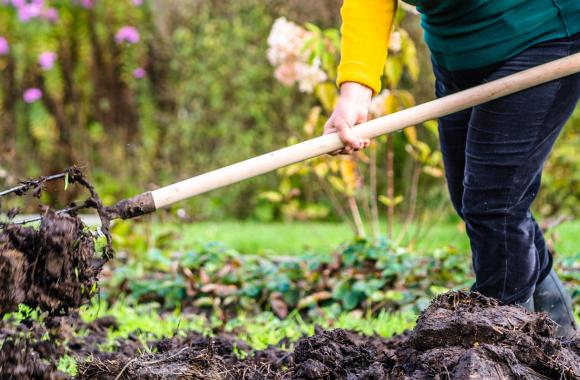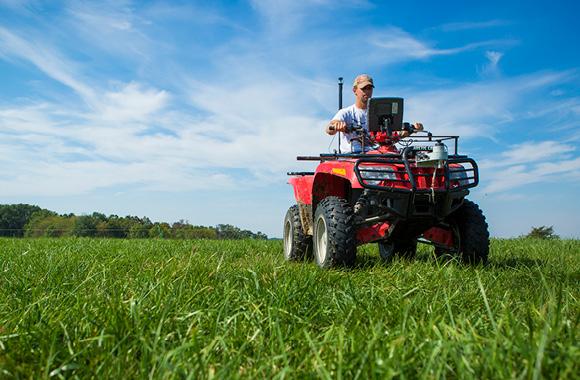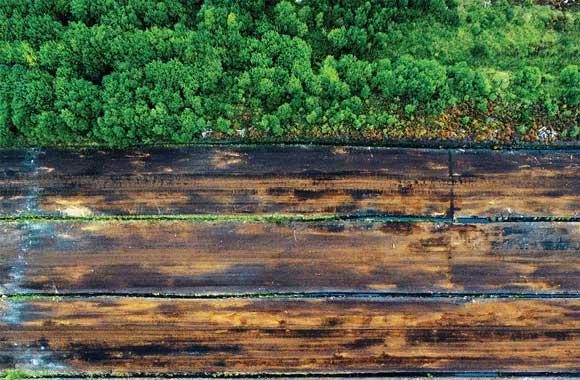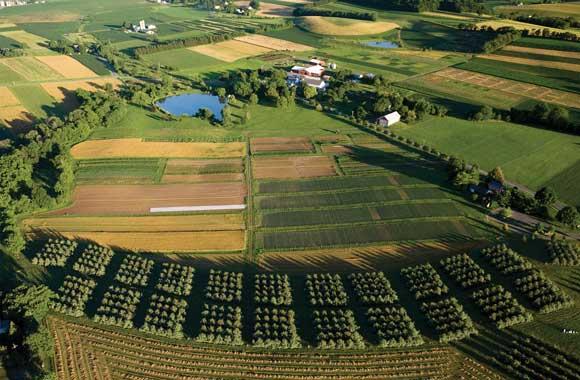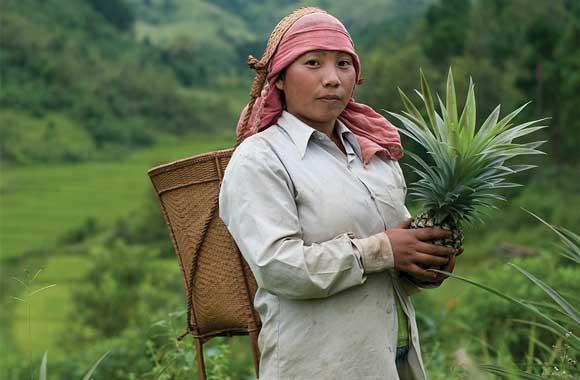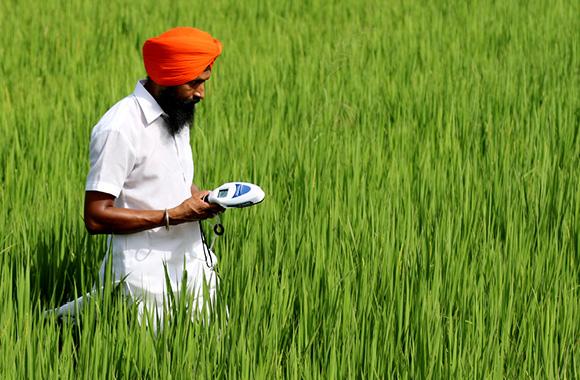Reduced Food Waste
Roughly one-third of the world’s food is never eaten. By reducing loss and waste, we can reduce the need for land and resources used to produce food as well as the greenhouse gases released in the process.
Reduced/Sequestered
2020–2050
Impact
After taking into account the adoption of the Plant-Rich Diet solution, Reduced Food Waste can avoid 88.50–102.20 gigatons of carbon dioxide equivalent emissions by 2050.
Introduction
Roughly one-third of all food produced worldwide is wasted. Where income is low, waste is generally unintentional and occurs on farms or during storage or distribution. In regions of higher income, food waste dominates further along the supply chain. Retailers and consumers reject food based on bumps, bruises, and coloring, or simply order, buy, and serve too much.
When food is wasted, all the energy, resources, and money that went into producing, processing, packaging, and transporting it are wasted, too. Producing uneaten food squanders a whole host of resources—seeds, water, energy, land, fertilizer, hours of labor, financial capital—and generates greenhouse gases at every stage. The food we waste is responsible for roughly 8 percent of global emissions.
Project Drawdown’s Reduced Food Waste solution involves minimizing food loss and wastage from all stages of production, distribution, retail, and consumption. It replaces current reported trends in food waste by region.
We can reduce waste in many ways. In lower-income countries, improving infrastructure for storage, processing, and transportation is essential. In higher-income regions, major interventions are needed at the retail and consumer levels. National food-waste targets and policies can encourage widespread change. Beyond addressing emissions, these efforts can also help to meet future food demand.
If measures are taken to reduce food waste by improving storage and transport systems, generating public awareness, and changing consumer behavior, this solution could lead to substantial reductions in waste and carbon emissions.
Methodology
To evaluate the impact of reduced food waste, we created an independent model outside Project Drawdown’s core model framework that projects food consumption and waste from 2020 to 2050. This was required due to the complexity of estimating country- and regional-scale food consumption and waste trends.
Total Addressable Market
We defined the global market for reduced food waste as the total demand for food, based on estimated kilocalories supplied per year for consumption by all of the people in the world. We projected the baseline food consumption for all countries up to 2060 in kilocalories per capita per year, using data compiled by the Food and Agriculture Organization (FAO) for 2013. We forecasted future consumption using growth factors from Alexandratos and Bruinsma (2012), which reflect projected dietary changes. The projected dietary changes show significant impacts for countries like India and China, whose populations are expected to demand more carbon-intensive foods over the next 30 years.
We calculated total food loss and wastage according to regional estimates of waste generated at each supply chain stage (agricultural production, post-harvest handling and storage, processing, packaging, distribution, and consumption; FAO, 2011), applied to aggregated country-level food demand by commodity type. Current adoption of reduced food waste (defined as the amount of functional demand supplied in 2014) is considered to be 0 percent.
Adoption Scenarios
We calculated impacts of increased adoption of reduced food waste from 2020 to 2050 by comparing two growth scenarios with a reference scenario, in which the market share was fixed at current levels.
Adoption scenarios in this model grow linearly over time starting from the base year of 2014, and are considered complete in 2050. We chose linear growth trends because of the lack of country or regional data; additional behavioral research at more granular scales can reveal more representative adoption estimates.
- Scenario 1: Total global food loss and wastage is reduced 50 percent by 2050.
- Scenario 2: Total global food loss and wastage is reduced 75 percent by 2050.
Emissions Model
To estimate emissions, we drew commodity-specific carbon dioxide equivalent per-calorie values from several sources (see Audsley et al., 2010; Heller and Keoleian, 2014; Hoolohan et al., 2013; Tilman and Clark, 2014; Vieux et al., 2012) to estimate minimum, average, and maximum emissions factors per commodity. We multiplied the emissions factors by the baseline annual food demand by country and commodity to get the carbon dioxide equivalent values for food items over time. We aggregated emissions estimates by commodity type (cereals, roots and tubers, oilseeds and pulses, fruits and vegetables, meat, fish and seafood, milk) and regions used by Project Drawdown.
We applied FAO regional estimates of food loss and wastage by commodity types across the supply chain stages to aggregated emissions values associated with regional food demand. We calculated emissions reductions based on the incremental adoption of reduced food waste, which was applied across all stages of the supply chain. We then aggregated resulting emissions reductions to represent the total global reduction from avoided agricultural production.
Integration
We calculated the total reduction in food loss and wastage by weight and commodity type. We assumed that reduced loss and wastage can be diverted to feed current and future undernourished populations. We used diverted tonnage of food as an input in our Integrated Yield Model, which combines all agricultural production models to determine the annual yield required to meet the estimated food and bio-based product demand. Results from both demand-side solutions (Reduced Food Waste and Plant-Rich Diets), determine the need to convert land to cropland and grassland to meet future food demand. We applied emissions reductions associated with land conversion to Reduced Food Waste and Plant-Rich Diets solutions according to the proportion of their contribution to diverted food supply. We also applied the results from Reduced Food Waste to solution models in the Industry sector that use organic municipal solid waste.
Results
Between 2020 and 2050, Scenario 1 projects the reduction of 88.50 gigatons of carbon dioxide equivalent emissions: 32.98 gigatons due to diverted agricultural production, 55.20 gigatons from avoided land conversion, and 0.32 gigatons from ecosystem protection.
Scenario 2 projects the reduction of 102.20 gigatons of carbon dioxide equivalent emissions: 47.16 gigatons due to diverted agricultural production, 54.71 gigatons from avoided land conversion, and 0.32 gigatons from sequestration from ecosystem protection.
Discussion
Food loss and waste has many negative economic and environmental impacts. The global economic, environmental, and social cost of food wastage is estimated at US$2.6 trillion, which is nearly equal to the GDP of France (FAO, 2014). Food waste generates unnecessary greenhouse gas emissions and wastes both water and land, harming ecosystems.
Reducing food loss and waste can help close the over 60 percent gap between food available today and food needed in 2050, thereby working toward eliminating hunger. Although solutions at consumer level are difficult to implement and hard to measure, we must pursue them wherever consumer food waste is high. We must develop tools to standardize food loss and waste measurement and reporting. We must set food waste reduction targets at country levels and broken down to corporate, supplier, and consumer levels. We need to create incentives that change food waste behavior. By doing these things, we can reap the benefits of reducing food waste for the economy, the environment, society, and human health.
References
Alexandratos, N. and Bruinsma, J.. (2012). World agriculture towards 2030/2050: The 2012 revision. ESA Work. Pap, 3. Agricultural Development and Economics Division of the FAO http://large.stanford.edu/courses/2014/ph240/yuan2/docs/ap106e.pdf
Audsley, E., Brander, M., Chatterton, J. C., Murphy-Bokern, D., Webster, C., and Williams, A. G. (2010). How low can we go? An assessment of greenhouse gas emissions from the UK food system and the scope reduction by 2050. World Wildlife Fund and Food Climate Research Network. https://dspace.lib.cranfield.ac.uk/handle/1826/6503
UN Food and Agriculture Organization (FAO). (2011). Food Wastage Footprint & Climate Change. https://www.fao.org/3/bb144e/bb144e.pdf
UN Food and Agriculture Organization (FAO) (2014). Food wastage footprint full-cost accounting: final report. https://www.fao.org/3/bb144e/bb144e.pdf
Heller, M. C. and Keoleian, G. A. (2014). Greenhouse Gas Emission Estimates of U.S. Dietary Choices and Food Loss: GHG Emissions of U.S. Dietary Choices and Food Loss. Journal of Industrial Ecology, pp 391-401. https://css.umich.edu/sites/default/files/publication/CSS14-23.pdf
Hoolohan, C., Berners-Lee, M., McKinstry-West, J., and Hewitt, C. N. (2013). Mitigating the greenhouse gas emissions embodied in food through realistic consumer choices. Energy Policy, 63 pp 1065-1074. http://linkinghub.elsevier.com/retrieve/pii/S0301421513009701
Tilman, D. and Clark, M. (2014). Global diets link environmental sustainability and human health. Nature, 515 (7528) pp 518-522. http://www.nature.com/articles/nature13959
Vieux, F., Darmon, N., Touazi, D., Soler, L. G. (2012). Greenhouse gas emissions of self-selected individual diets in France: Changing the diet structure or consuming less?. Ecological Economics, 75 pp 91-101. http://linkinghub.elsevier.com/retrieve/pii/S0921800912000043
What You Can Do
Learn what various “best by” or “expiration” food labels mean, and use your new knowledge to reduce the amount of food you throw away.
Contribute to or volunteer with a food rescue organization.
- Expand your knowledge by exploring another Drawdown solution.
Co-benefits
Reducing food waste can improve nutrition and reduce food insecurity by keeping more food available and accessible for human consumption.
Improved nutrition and food security are associated with improved cardiovascular health, reduced obesity, sufficient nutrient consumption, and improved mental health.
Using fewer resources to produce food has the co-benefits of saving land and resources for other uses and reducing emissions generated from food production.

